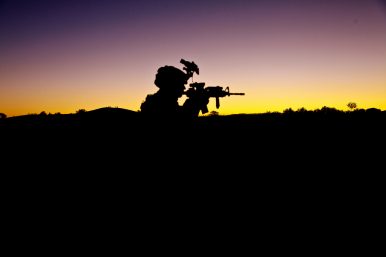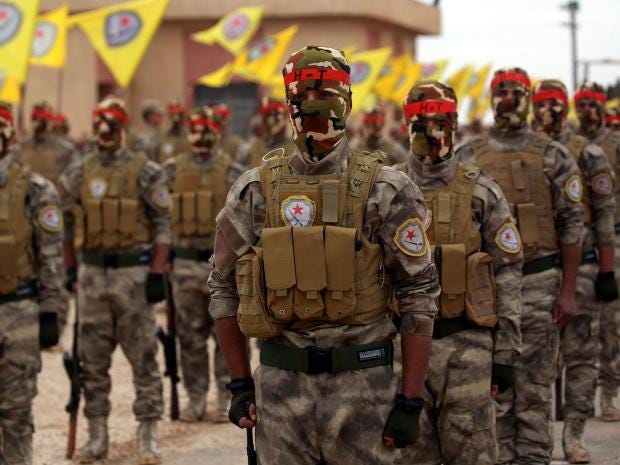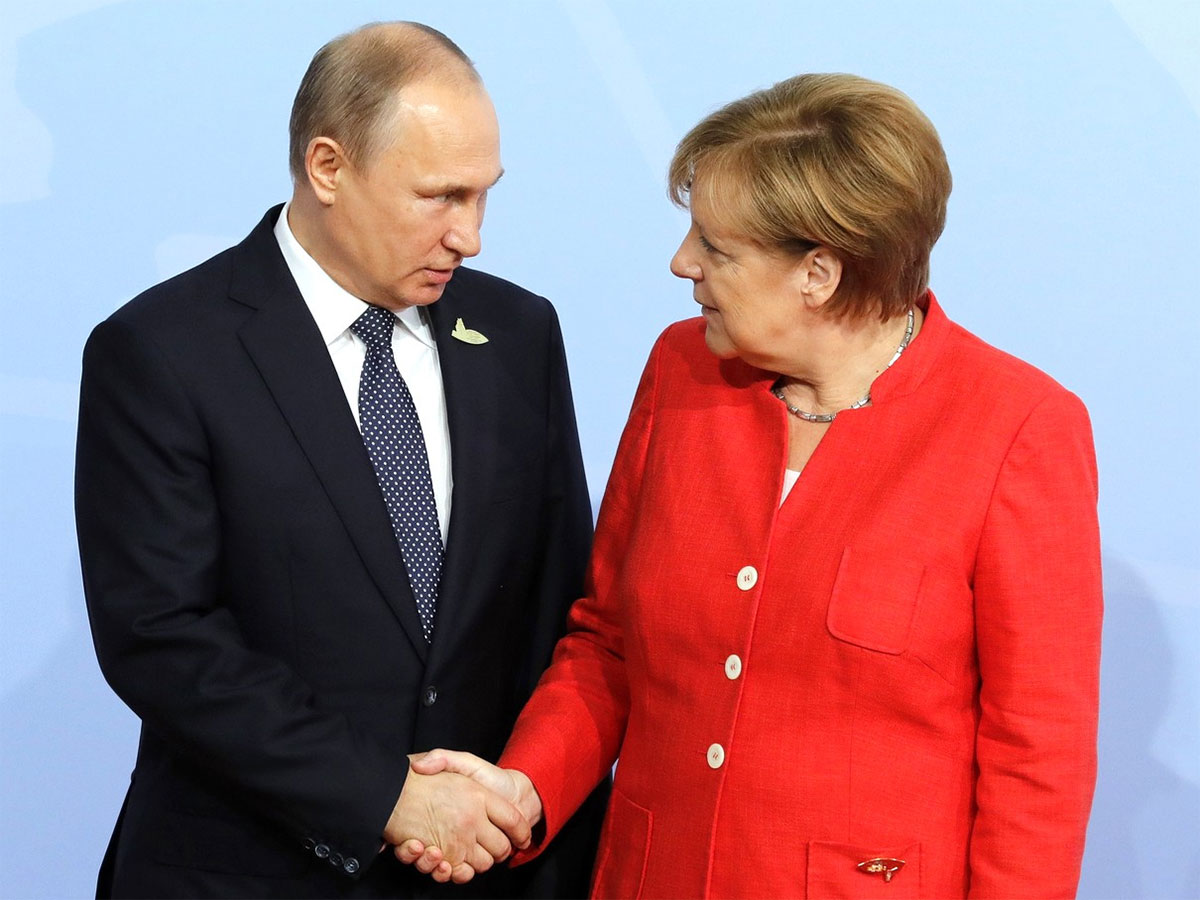The alarming frequency of ceasefire violations, inflicting a mounting loss of life and property on both sides of the LoC, begs the question: What is the political purpose of force application? The question is valid as without political purpose the exchange of fire and cross-border raids would be guided by an independent military logic that could be described as senseless violence trapped in a cycle of revenge. Images in the media of reciprocal devastation portray the retribution that has been inflicted, stirring nationalistic instincts with mourning the dead, accusing the other of unprovoked ceasefire violations and swearing greater revenge. Therefore, it is assumed that the leadership of both India and Pakistan has calculated that the politico-military benefits outweigh the costs of devastation and death.
The political costs are felt mainly by the civilian population straddling the LoC, as they are the victims whose lives are disrupted and large numbers have been relocated to temporary camps. If they are not relocated, they live under the perennial fear of being visited by the now-familiar sound of an artillery shell or mortar bomb. Apparently, these people have no political clout to effectively protest their plight and the state’s failure to protect their life and property. Only a re-imposition of the ceasefire agreement can restore normalcy to their lives. However, that prospect seems faint as the leaders on both sides are calling for a greater use of muscle, expressed in India as “mooh tor jawab” (strong reply).
Armed forces on both sides get a lot of shooting practice to vent their anger and despite suffering casualties periodically, celebrate the pain inflicted. They bear the physical and psychological brunt of this cycle as a challenge to their professional competence, which is laced with pride and a sense of duty derived from partaking in a national effort. The primary victims are the civilians — the sacrificial goats at the altar of an imagined national cause.



















/arc-anglerfish-arc2-prod-mco.s3.amazonaws.com/public/TISOPTPL2FBP5BUMP5NPEAJW7I.jpg)